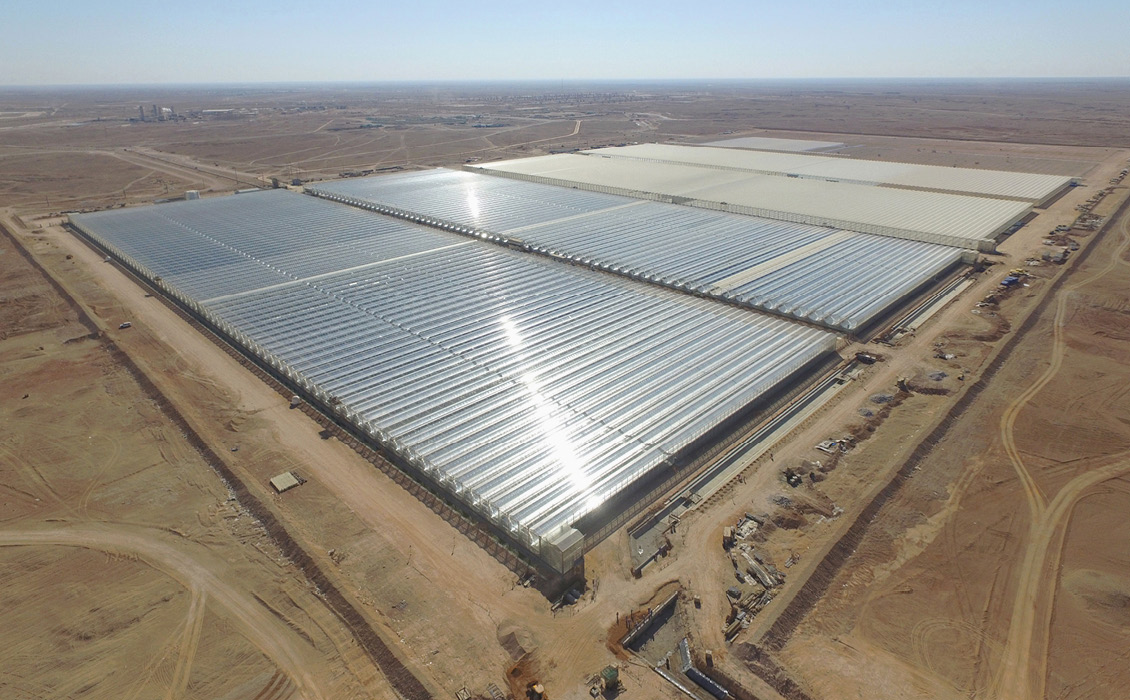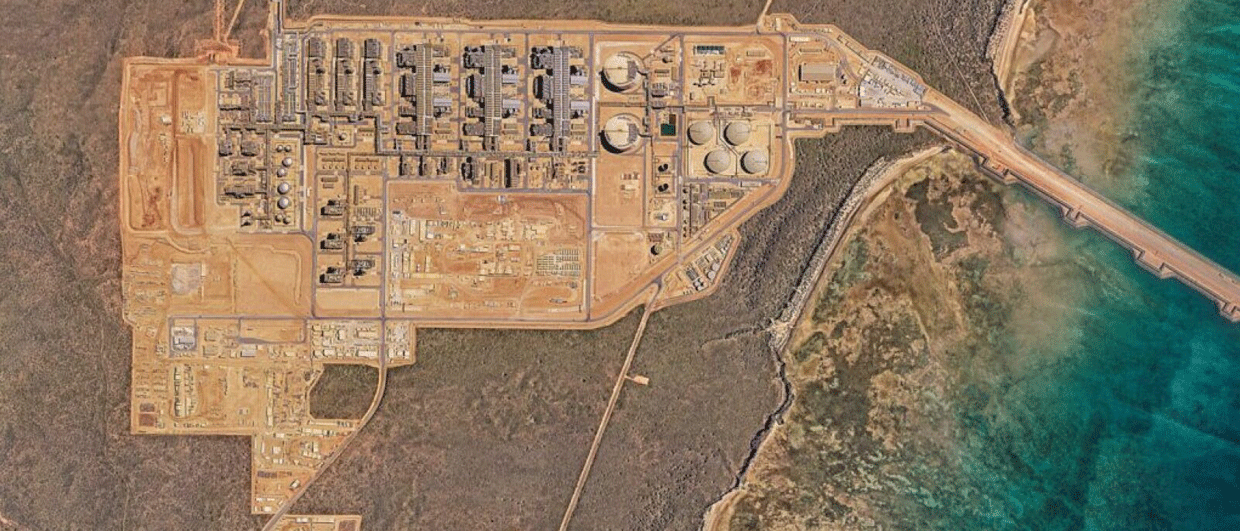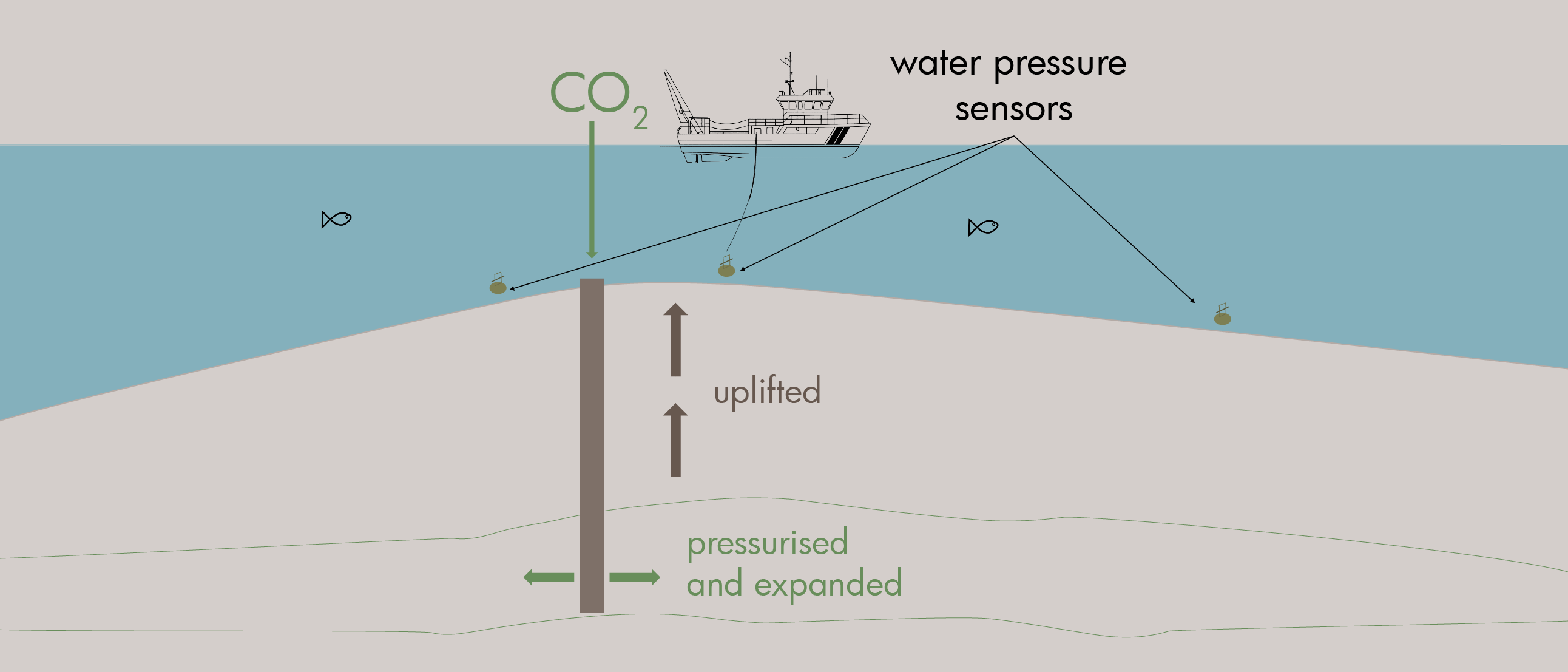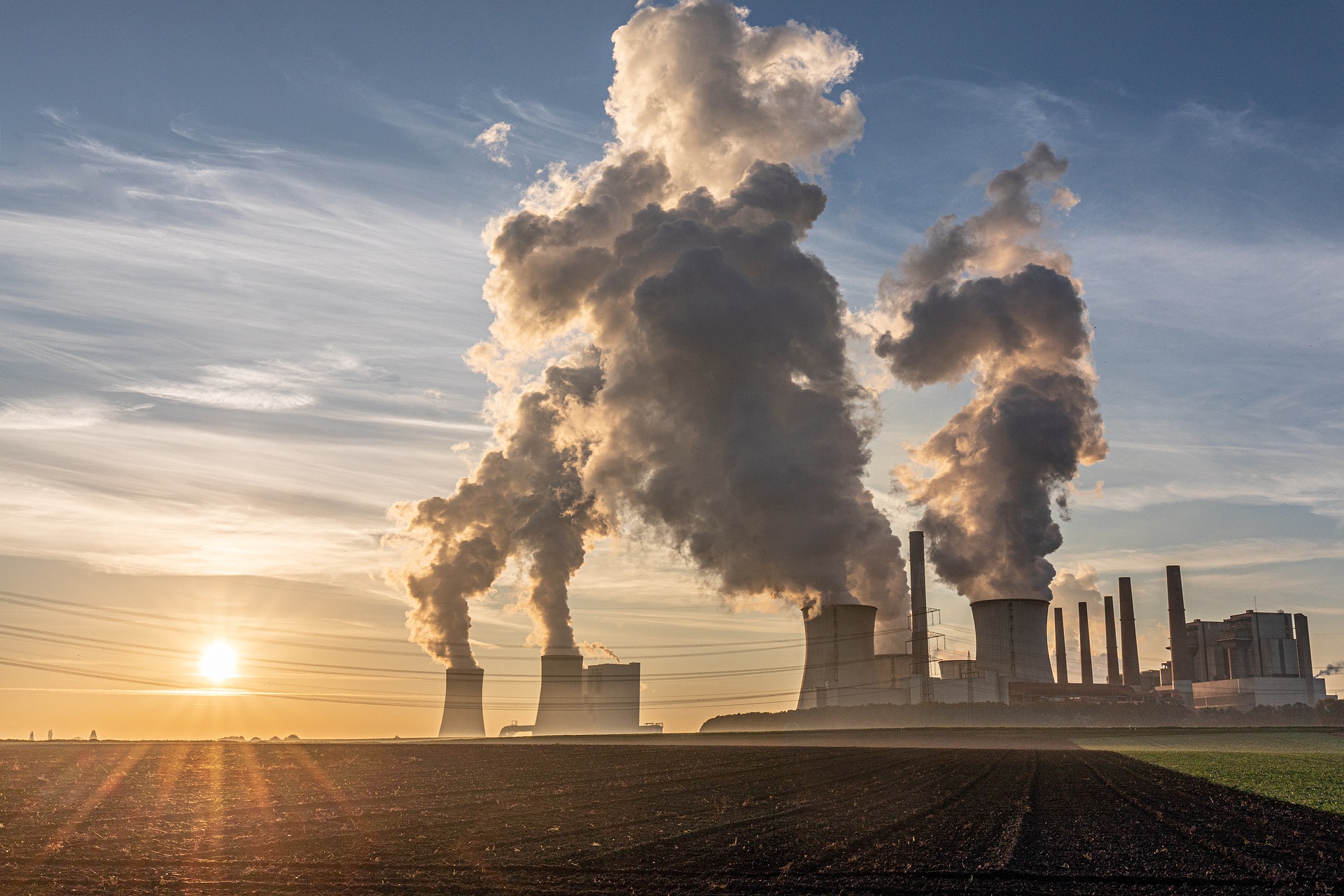A Difficult Energy Transition
In the last edition of GEO ExPro, we discussed how the supermajor E&P companies are approaching the energy transition. The largest oil companies in the world by revenue, however, are state-owned national oil companies (NOCs), responsible for 50% of liquids and 48% of gas produced in 2021 (Wood Mackenzie), so their approach to the issue is of global importance. Many of these companies hold huge portfolios of assets, manage complex projects, employ millions of people to undertake a range of public services, and are often the major cash generator for their country. In fact, it is thought that more than 25 countries are dependent on their state oil companies for at least 20% of their total income, with some relying on oil revenues for as much as 90%. The slump in oil prices and demand as a result of Covid-19 has caused further problems for many NOCs, which are still expected to provide revenues for their governments, while the global movement away from hydrocarbons is putting them under further pressure.
NOCs rarely share information and data in the way that publicly-traded companies do, so it is hard to ascertain their likely strategies with regard to energy transition. In fact, only a few have formally set net zero targets, with a number of others announcing shorter term goals, while many are actively seeking to increase their production, against the trend of the international oil companies.
Net Zero Targets
Sinopec, the world’s highest revenue-producing state-owned oil company, has announced plans to reach net zero carbon by 2050 by introducing low carbon methods in its refining processes and using renewables to produce green hydrogen. It also aims to become China’s largest hydrogen company and will build 1,000 hydrogen gas vehicle refuelling stations over the next five years. The company says it will reduce its methane emissions from oil and gas production by 50% by 2025 and has started a pilot programme to build a carbon capture, utilisation and storage (CCUS) base in eastern China, using the captured CO2 for enhanced oil recovery (EOR) in nearby fields. It has also planted over a million trees to help offset emissions.
Similarly, China National Petroleum Corporation (CNPC), China’s largest energy producer, has announced a target of net zero CO2 emissions by 2050, having pledged to spend about $1.5 billion annually in the next two years on renewable energy and hydrogen projects. Much of CNPC’s push to carbon neutrality will be through investments in wind, solar, geothermal and hydrogen, but it is also expected to use intensive carbon offsetting schemes. In addition, it plans to prioritise exploration and production of natural gas, although it will still maintain the current level of oil production.
Malaysian state oil company PETRONAS has also announced a ‘net zero by 2050’ target. It aims to do this through reducing flaring and by mitigating emissions from operations through energy efficiency improvement and the use of low carbon or renewable energy and CCS, minimising waste and promoting recycling. Its shorterterm target is to reduce greenhouse gas emissions by 49.5 million mt CO2 equivalent by 2024, supported by increasing its renewable energy capacity and carbon offsetting.
Commitments to Low Carbon
The secrecy that surrounds the plans of many NOCs does not mean that they are ignoring the energy transition. Even without announcing carbon neutral targets, many are actively expanding their portfolios into renewables, while keeping their focus on their core oil and gas projects. Petroleum Development Oman (PDO), for example, is building a 100 MW solar photo voltaic plant to power all the company’s interior oil and gas operations, and the Abu Dhabi NOC ADNOC has formed a joint venture with a local renewable energy company to develop commercial-scale projects for CCUS, including a project with Emirates Steel Industries which will use and sequester 800,000 tonnes of CO2 each year.
Russia is believed to have the world’s largest reserves of natural gas and is the largest exporter of the commodity, so unsurprisingly Russian companies are concentrating on the role of gas as a bridge to a low-carbon economy. Statecontrolled corporation Gazprom, the largest gas producer in the world, has not announced any zero carbon targets, but is pushing technological hybrid solutions such as methane-hydrogen fuel in energy and transport to help reduce emissions. The Russian state-controlled oil company, Rosneft, announced objectives under its low-carbon agenda to 2035 that will prevent greenhouse gas emissions of 20 million mt in CO2 equivalent and help it achieve net carbon neutrality.
Giant Brazilian NOC Petrobras has published six commitments related to the transition to low carbon with a goal of zero emissions growth by 2025. In 2020, however, the company announced that it would be at least two years before it moved into the renewables arena, prioritising instead its existing assets.
Last Man Standing?
With the largest daily oil production of any company, Saudi Aramco has for many years been one of the world’s major global oil suppliers. It is vital to Saudi Arabia’s existence, since the oil and gas sector accounted for about 50% of the country’s GDP and 70% of its export income (2018).
Saudi Aramco has been implementing emission control measures for a number of years. It installed flare-gas recovery systems as long ago as 1980, powers some fields through renewable energy and has developed research programmes looking at reducing the carbon footprint of oil production, growing non-fuel applications for crude oil and advancing sustainable transport. However, the company emphasises the importance of the circular carbon economy, focusing on reducing emissions through energy efficiency technologies and the extensive use of greenhouse gases in EOR and for manufacturing industrial products and feedstocks. It is also actively removing CO2 from the atmosphere through carbon sequestration initiatives, including planting millions of trees to combat desertification and enhance biodiversity.
While it has diversified to include non-carbon projects in its portfolio, particularly hydrogen, oil and gas is still “the bedrock of the company”, according to official statements. Saudi Aramco owns some of the world’s most cost-efficient and least energy intensive oil reserves to develop; cheap, plentiful resources mean that the company could continue producing for as long as there is any demand.
Looking to the Future
Despite all these promising statements, however, if NOCs continue with the development and production plans they have announced, over the next decade they will produce more than 300 Bbo – close to the amount the oil industry as a whole should produce if the world is to keep emissions under the limits set in the Paris Accord. So what will drive NOCs towards deeper involvement in the energy transition? Since many governments are heavily reliant on their state oil companies for revenue generation, they are unlikely to start imposing heavy restrictions or ambitious emissions reduction targets on them. Maximising income to fund important social and education programmes is often higher in government’s priorities than reducing carbon emissions. However, pressures to ‘go green’ from investors and from their own populations are expected to increase, particularly in countries where the physical effects of climate change are becoming evident. Importantly, to play an effective role in the energy transition, NOCs need to be financially robust and operationally sound and if possible to have transitioned out of the regulatory roles historically assigned to them.
Maybe NOCs need to be encouraged by their controlling states to imitate IOCs like BP and Shell, and start calling themselves energy rather than oil companies, concentrating on investment in alternative energy sources to help them and their countries move away from an unsustainable dependence on oil. It has to be said that it will be much easier for countries with large reserves to do this than for ones with smaller resources and less well developed energy industries, even if they have abundant alternative resources like wind and solar. If not properly planned, this transition could be very hard. Ultimately, the NOCs need to realise, as the IOCs have done, that this is a business opportunity that could help them look forward to an energy-rich future.






